Introduction

Birds are a diverse group of creatures that captivate our imagination with their vibrant colors, melodious songs, and impressive flying abilities. This blog post provides an in-depth exploration of bird orders, shedding light on the intricate system that categorizes birds based on their shared characteristics. By delving into the world of bird orders, we can gain a deeper understanding of avian diversity and appreciate the vital role these classifications play in scientific research, conservation efforts, and the joy of birdwatching.
Definition of Bird Orders

Bird orders serve as a fundamental classification system that helps scientists organize the vast array of bird species. They are groups of birds that share similar physical traits, behaviors, or evolutionary relationships. Bird orders occupy a significant position within the Linnaean classification system, providing a framework for understanding the relationships between different bird species.
Purpose of the Blog Post
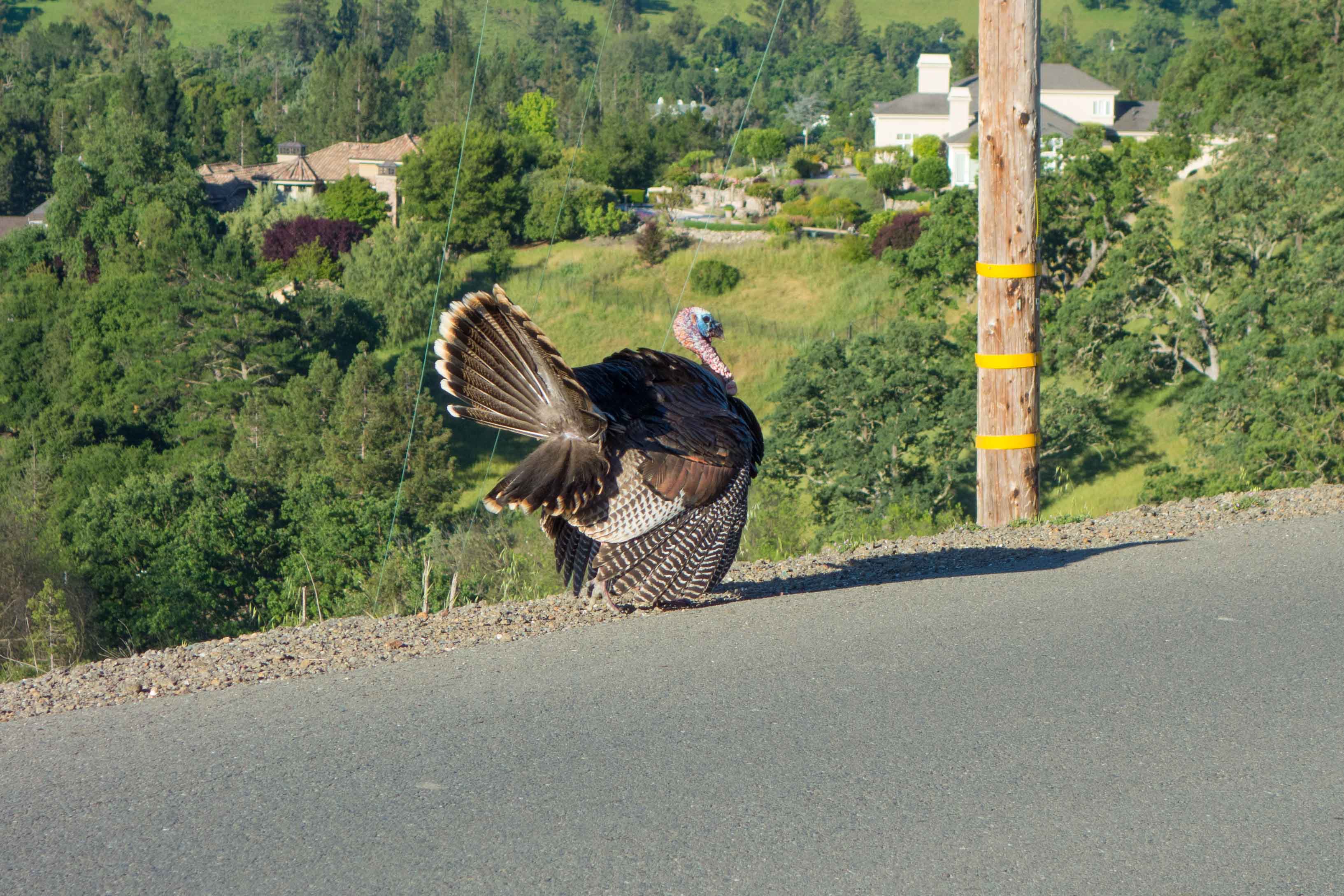
This blog post provides a comprehensive overview of bird orders, exploring their diversity and significance. Understanding bird orders is crucial for scientific research, conservation efforts, and birdwatching. By examining the characteristics and relationships within and between orders, scientists can uncover valuable insights into avian evolution, behavior, and ecology. Bird orders also play a vital role in conservation efforts by identifying species at risk and contributing to biodiversity preservation. Additionally, knowledge of bird orders enhances the experience of observing and identifying birds in the wild.
Overview of Bird Orders

Birds are classified into various taxonomic groups known as orders. Each order represents a higher-level category, grouping together related bird families based on shared characteristics. Currently, there are 27 recognized bird orders.
Passeriformes (Perching Birds)
Passeriformes, commonly referred to as perching birds, make up the largest bird order. They are known for their exceptional perching feet and melodious songs. Examples of passerine birds include sparrows, finches, thrushes, and warblers.
Anseriformes (Waterfowl)
The Anseriformes order comprises aquatic birds adapted to swimming, such as ducks, geese, and swans. They have specialized adaptations for their aquatic lifestyle, including webbed feet.
Falconiformes (Birds of Prey)
Falconiformes, also known as raptors or birds of prey, are characterized by their exceptional hunting abilities. They possess sharp beaks and powerful talons. Examples of falconiform birds include falcons, eagles, hawks, and vultures.
Columbiformes (Pigeons and Doves)
The Columbiformes order is composed of pigeons and doves, known for their plump bodies, graceful flight, and gentle cooing sounds. They play important ecological roles as seed dispersers.
Strigiformes (Owls)

The Strigiformes order consists of nocturnal birds of prey known as owls. They possess exceptional adaptations for hunting in the dark, such as large eyes and silent flight.
These examples represent the fascinating bird orders in the avian world. Each order represents a distinct lineage with unique characteristics, behaviors, and ecological roles. By exploring the diversity of bird orders, we can gain a deeper appreciation for the remarkable adaptations and interconnectedness of avian species.
Classification of Bird Orders
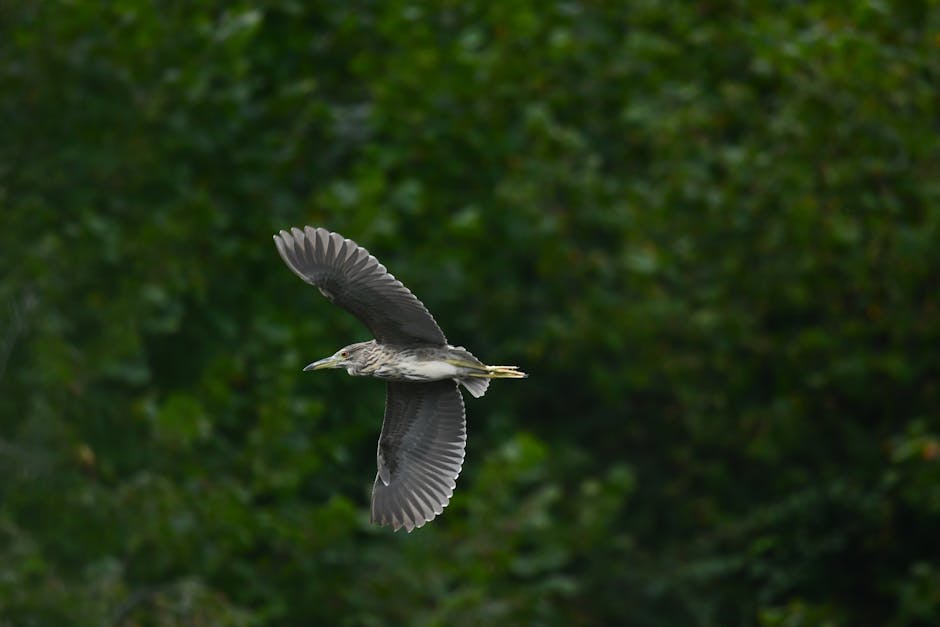
Birds are classified into various orders based on their anatomical, physiological, and behavioral characteristics. The classification system used for birds is known as the Linnaean taxonomy, a hierarchical structure that arranges species into different ranks.
The Linnaean Taxonomy
The Linnaean taxonomy categorizes organisms based on shared characteristics, using a hierarchical system with ranks such as kingdom, phylum, class, order, family, genus, and species. This system allows scientists to organize the immense diversity of bird species.
Bird Orders and Their Characteristics
Birds belong to the class Aves, which is further divided into various orders. These orders represent distinct groups with shared characteristics, allowing for focused classification. While there are approximately 40 recognized bird orders, the exact number may vary with new research and discoveries.
One of the largest and most diverse bird orders is Passeriformes, also known as perching birds. Comprising over half of all bird species, Passeriformes include familiar birds like sparrows, finches, and robins. They are characterized by specialized feet for perching, complex vocalizations, and diverse feeding habits.
Accipitriformes is another notable bird order, which includes birds of prey such as eagles, hawks, kites, and vultures. These birds are renowned for their sharp eyesight, powerful beaks, and strong talons, enabling efficient hunting and prey capture.
Each bird order exhibits unique characteristics that distinguish them from one another. Some orders, like Psittaciformes (parrots) and Strigiformes (owls), are known for their distinctive beak or facial features. Others, such as Columbiformes (pigeons and doves) and Galliformes (chickens and turkeys), have specific adaptations related to flight and locomotion.
The Importance of Classification
The classification of bird orders is crucial for understanding avian diversity, providing a framework for organizing species, identifying relationships, and studying evolutionary history. It allows scientists to make meaningful comparisons and draw insights into behavior, ecology, and conservation.
Furthermore, the classification of bird orders has practical applications. Birdwatchers can use knowledge of different orders to identify and appreciate the vast array of bird species they encounter. Conservationists rely on classification to assess the status of various bird orders, identify endangered species, and develop targeted conservation strategies.
In conclusion, the classification of bird orders is an essential aspect of avian taxonomy. The Linnaean taxonomy categorizes birds based on shared characteristics, enabling a comprehensive understanding of avian diversity. The classification of bird orders has practical implications in fields such as ecology, conservation, and birdwatching, making it a valuable tool for both scientists and enthusiasts.
Examples of Different Bird Orders

Bird orders encompass a diverse array of avian species, each representing a distinct group with shared characteristics and evolutionary history. Let’s explore some captivating examples from each bird order:
Passeriformes (Perching Birds)
Passeriformes, also known as perching birds, constitute the largest bird order, comprising over half of all bird species. These birds possess unique adaptations, including specialized feet that enable them to perch effortlessly. Notable examples include:
- Sparrows: Small, social birds with distinctive chirping found in various habitats across the globe.
- Finches: Exhibiting remarkable diversity in beak shapes and sizes, allowing them to adapt to different food sources.
- Warblers: Vibrantly colored birds renowned for their melodic songs, often found in forests and woodlands.
- Thrushes: Known for melodious singing, including popular species like the American robin.
- Crows and Jays: Highly intelligent and adaptable birds characterized by their robust beaks and clever problem-solving abilities.
Accipitriformes (Birds of Prey)
Accipitriformes, or birds of prey, are a group of predatory birds with sharp, curved beaks and powerful talons. These majestic creatures play a crucial role in maintaining ecological balance. Examples include:
- Eagles: Impressive apex predators with remarkable wingspans and powerful vision, found in diverse habitats worldwide.
- Hawks: Swift hunters soaring through the skies in search of prey, characterized by sharp beaks and keen eyesight.
- Kites: Graceful raptors with elongated wings and distinctive forked tails, often seen soaring effortlessly in search of food.
- Vultures: Scavengers with excellent olfactory capabilities, playing a vital role in cleaning up carcasses and preventing the spread of diseases.
Strigiformes (Owls)
Owls are nocturnal birds of prey known for their silent flight and exceptional low-light vision. They have specialized adaptations that allow them to thrive in the darkness. Examples include:
- Barn Owls: Pale-colored owls with heart-shaped facial discs, highly effective hunters of small mammals.
- Snowy Owls: Striking white-plumaged owls inhabiting the Arctic tundra, possessing excellent camouflage in snowy environments.
- Great Horned Owls: Skilled hunters with prominent ear tufts and fierce yellow eyes, capable of capturing prey larger than themselves.
Galliformes (Gamebirds)
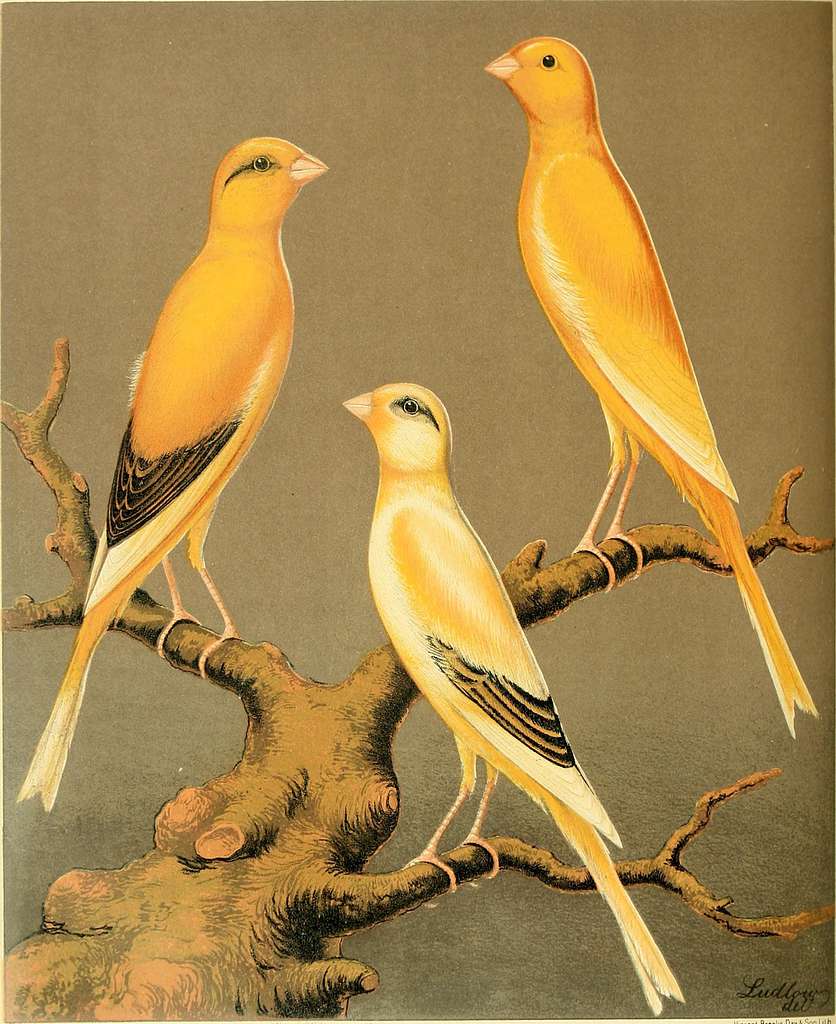
Galliformes, comprising gamebirds, are terrestrial birds known for their strong legs and the ability to fly short distances. They are often sought after for hunting and domestication. Notable examples include:
- Chickens: Domesticated worldwide for their meat and eggs, exhibiting a wide range of sizes, colors, and feather patterns.
- Turkeys: Large gamebirds native to North America, commonly associated with festive occasions like Thanksgiving.
- Pheasants: Colorful birds with elaborate plumage, highly prized gamebirds often found in woodland habitats.
- Quails: Small ground-dwelling birds renowned for their distinctive calls and rapid movements.
Psittaciformes (Parrots)
Psittaciformes, or parrots, are renowned for their vibrant colors, intelligence, and ability to mimic sounds. These sociable birds are primarily found in tropical regions. Examples include:
- Macaws: Large, brilliantly hued parrots with long tails and powerful beaks, highly sought after as pets.
- Cockatoos: Characterized by prominent crests and playful personalities, known for forming strong bonds with humans.
- Parakeets: Small parrots, also known as budgerigars, popular as pets worldwide, exhibiting a wide range of colors and cheerful chirping.
By examining these captivating examples, we gain a glimpse into the remarkable diversity and unique characteristics that define each bird order. Next, we will delve into the impact of bird orders on the environment.
Impact of Bird Orders
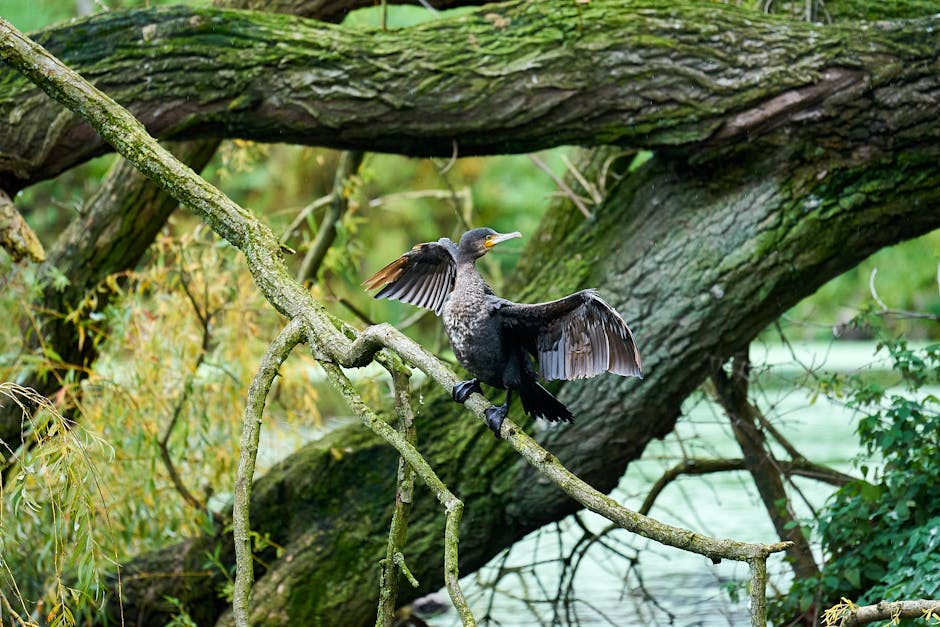
Bird orders play a crucial role in shaping and maintaining the environment, contributing to ecological balance and biodiversity in various ecosystems. Understanding their impact provides valuable insights into ecosystem functioning and the importance of conserving avian populations.
Ecological Niche and Interactions

Each bird order occupies a specific ecological niche, defined by unique behaviors, physical attributes, and feeding habits. For example, predatory bird orders like Falconiformes exert significant influence on controlling populations of small mammals and birds, maintaining ecosystem stability.
Nutrient Cycling and Habitat Creation
Waterbird orders, including Anseriformes and Pelecaniformes, contribute to nutrient cycling in aquatic environments. Through feeding habits, these birds enrich water with organic matter, supporting the food chain and providing habitats for aquatic organisms.
Pollination and Seed Dispersal
Passeriformes, the largest bird order, play an essential role in pollination and seed dispersal. These perching birds facilitate reproduction, genetic diversity, and contribute to the regeneration of plant communities.
Indicators of Environmental Change
The presence or absence of specific bird orders can serve as indicators of environmental change. Monitoring and studying bird populations help assess the health of ecosystems and implement conservation measures.
Conservation Importance
Bird orders such as Psittaciformes and Columbiformes face significant threats due to habitat loss and illegal wildlife trade. Conservation efforts focus on protecting vulnerable bird orders to maintain biodiversity and preserve ecosystem services.
Conclusion

Throughout this blog post, we have explored the significance of bird orders in avian taxonomy. Bird orders serve as a classification system that groups birds based on shared characteristics and evolutionary relationships. They contribute to ecological balance, nutrient cycling, pollination, seed dispersal, and serve as indicators of environmental change. Studying bird orders provides insights into avian evolution, biodiversity, and conservation. As we appreciate the remarkable diversity and ecological richness of bird orders, let’s work together to ensure a thriving future for our feathered friends and their habitats.
Frequently Asked Questions
How many bird orders are there?
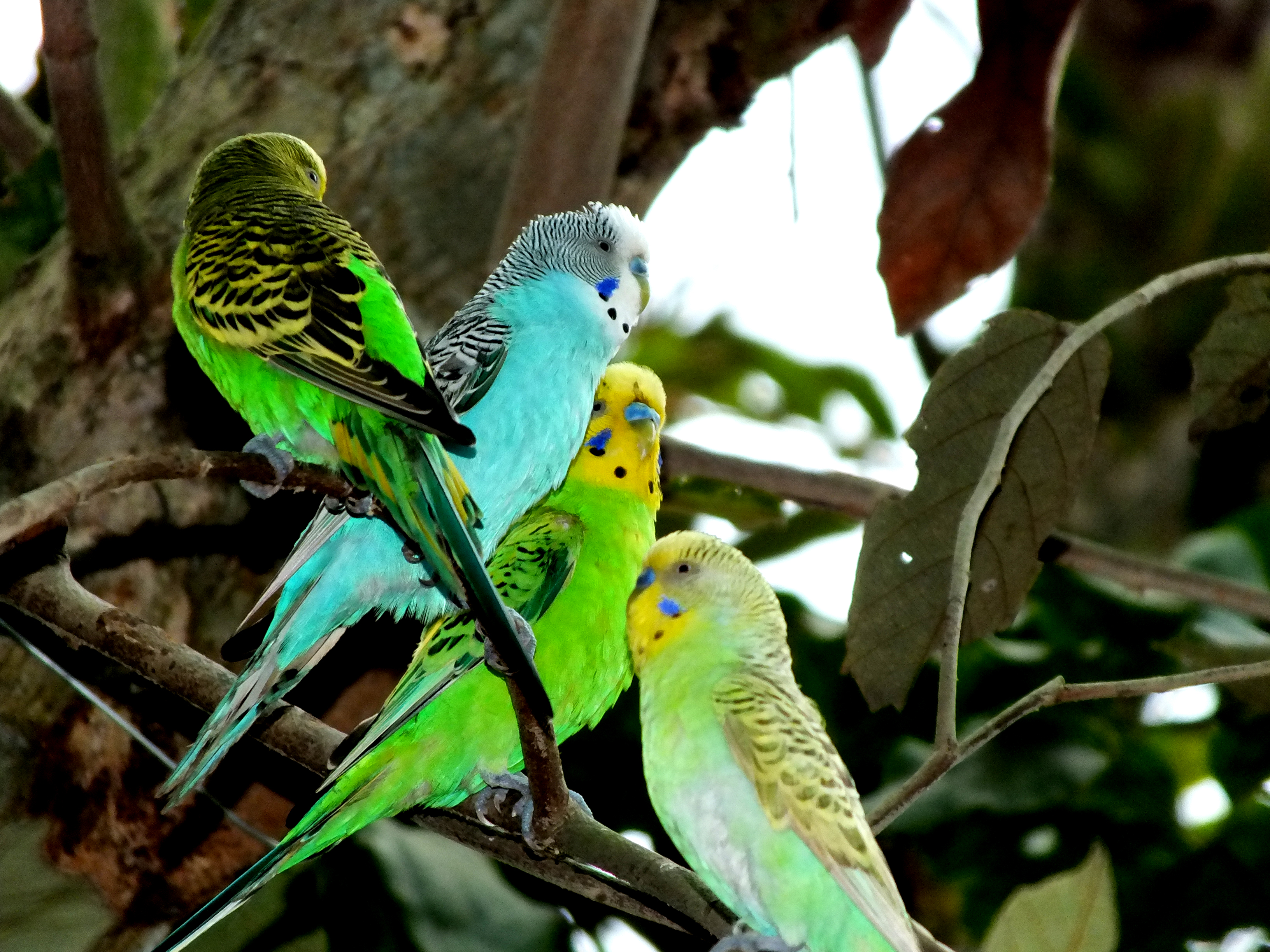
There are currently 27 recognized bird orders.
What is the largest bird order?
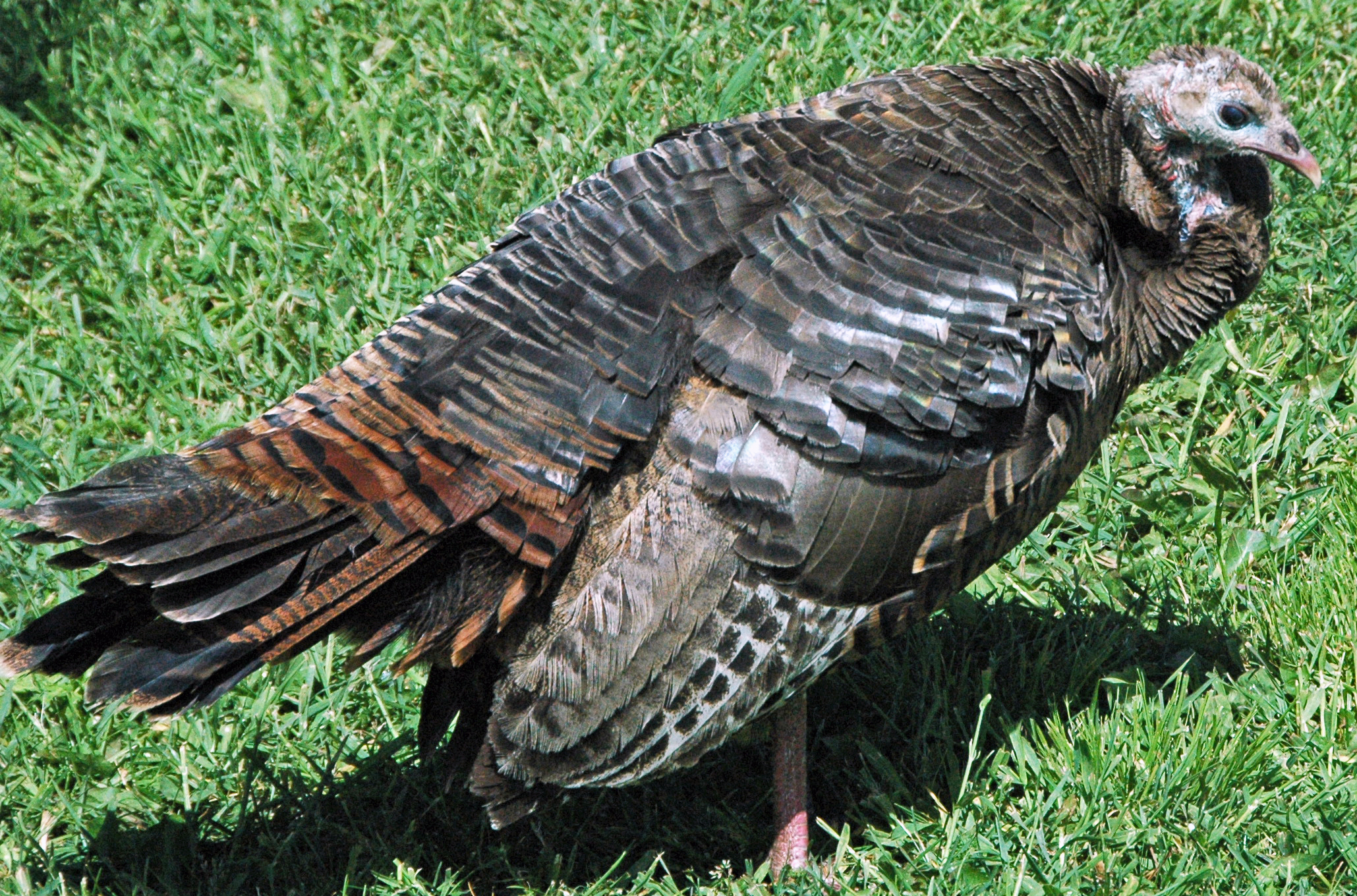
The largest bird order is Passeriformes, also known as perching birds.
What are some examples of bird orders?
Some examples of bird orders include Passeriformes (perching birds), Anseriformes (waterfowl), Falconiformes (birds of prey), Columbiformes (pigeons and doves), and Strigiformes (owls).
How are bird orders classified?
Bird orders are classified based on their anatomical, physiological, and behavioral characteristics using the Linnaean taxonomy system.
Why is the classification of bird orders important?
The classification of bird orders is important for understanding avian diversity, identifying relationships between species, studying evolutionary history, and implementing conservation strategies. It also aids birdwatchers in identifying and appreciating different bird species.


Leave a Reply